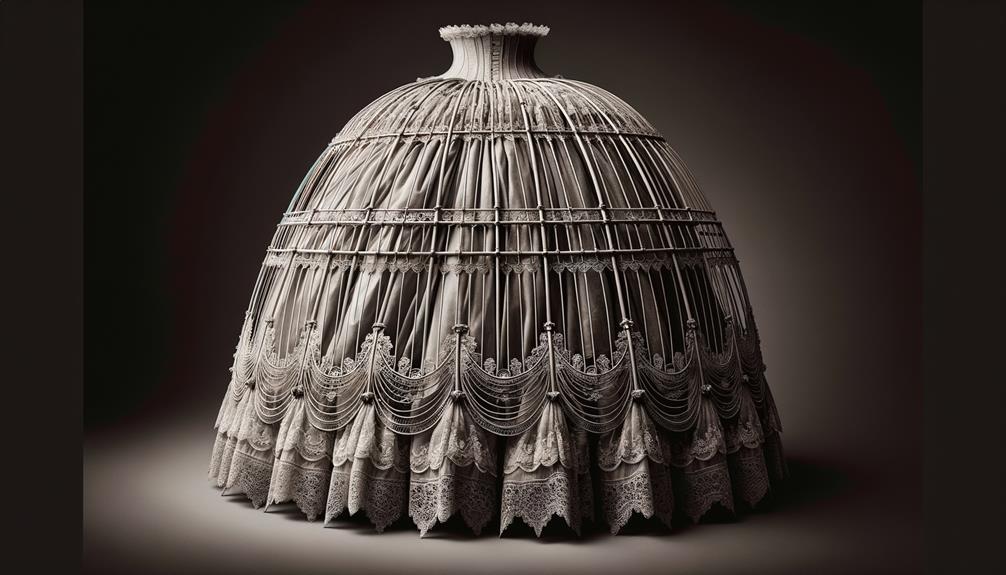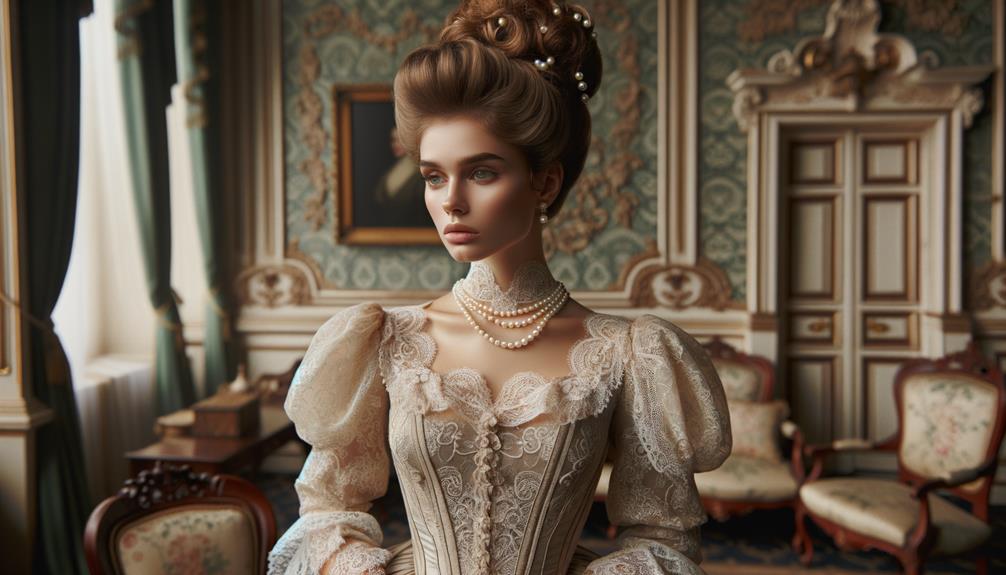Victorian hairstyles are a fascinating study of precision and societal expectations. These intricate styles, from chignons to pompadours, were more than just fashion – they were symbols of wealth, status, and identity. Tight curls, achieved with hot curling tools, reflected the wearer's class and affluence. The careful sculpting with pomades and oils, as well as the elaborate accessories like combs, pins, and hair wreaths, added layers of storytelling to these coiffures.
Influential figures like Sarah Bernhardt and the 'Gibson Girl' popularized signature looks that captivated the public. Maintaining these styles required constant attention, from regular brushing to overnight pinning. These hairstyles were a reflection of the era's social norms and cultural values, offering a glimpse into the intricate world of Victorian fashion and self-expression.
Popular Victorian Hairstyles
Victorian hairstyles, with their intricate chignons and elegant pompadours, reveal much about the era's social complexities and aesthetic values. The late Victorian period saw a fascination with curls – rag curls, spiral curls – each detail meticulously arranged. I often reflect on how these coils of hair weren't just about beauty; they were symbols of status, precision, and societal expectations.
Historical hairstyling during this era was a tapestry of cultural norms, where every twist and turn of a curl had meaning. Rag curls, for instance, were a common practice, transforming straight hair into delicate waves overnight. The spiral curls, cascading down in perfect symmetry, seemed almost defiant in their precision, a stark contrast to today's more casual styles.
What strikes me most is how these hairstyles weren't merely decorative. They were statements. A woman's hair could speak volumes about her place in society. The more elaborate the hairstyle, the higher her standing. Even in the subtleties, like the choice between a simple braid and an elaborate chignon, one could read a narrative of class and privilege. Victorian hair wasn't just hair; it was a carefully crafted identity.
Tools and Techniques
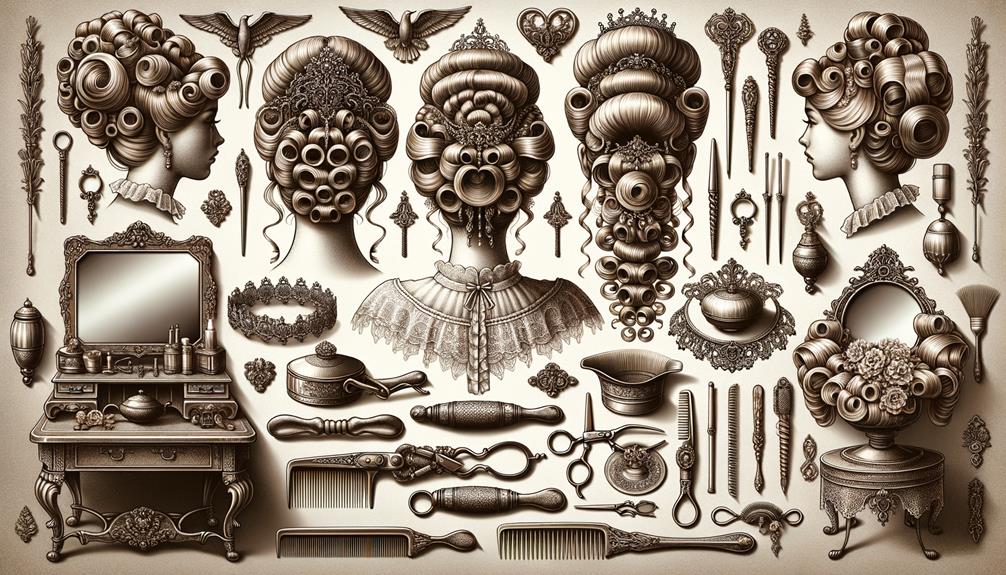
In the Victorian era, curling irons and heated rollers were essential tools for creating the signature tight curls. Achieving these intricate hairstyles required mastery – the precision demanded more than just tools. Pomades and oils were indispensable, providing hold and shine to craft a polished, quintessentially Victorian finish.
The process extended beyond curling. Braiding and pinning techniques shaped the curls into elaborate arrangements, with hair pins securing the intricate designs to last throughout the day. Backcombing, or teasing, added volume and structure, transforming simple curls into voluminous coiffures that defined the period.
Hair extensions also played a notable role, offering length and fullness that natural hair couldn't provide. These extensions blended seamlessly with the natural hair, thanks to skilled application of pomades and precise pinning. The attention to detail was meticulous, each step contributing to the overall grandeur of Victorian hairstyles. Creating these styles wasn't merely about appearance; it was a disciplined art form, requiring an innovative approach to hairstyling tools and techniques.
Accessories and Embellishments
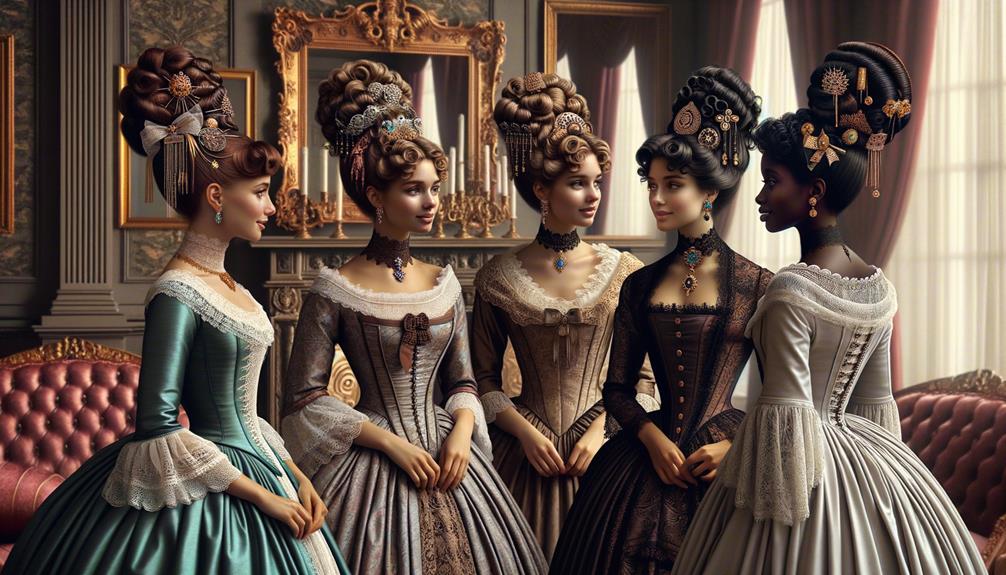
Hair combs, pins, and barrettes were more than just practical tools – they were intricate decorations that reflected personal style and social status during the Victorian era. These accessories were symbols, adorned with ribbons, flowers, and jewels like pearls and jet, signaling wealth and elegance.
For those with shorter hair or wanting more volume, wigs were a common way to make an impression. Hair pieces seamlessly blended with natural hair, allowing for elaborate styles like buns or braids, which were kept in place with hairnets and snoods.
Special occasions called for elevated embellishments. Hair wreaths, tiaras, and headbands transformed ordinary hairstyles into statements, communicating the wearer's societal standing.
Hair combs secured and decorated, ribbons and flowers conveyed elegance and status, while wigs and hair pieces provided volume and length. These intricate accessories were a testament to the era's complex beauty standards, blending practicality and decoration.
Influential Figures and Trends
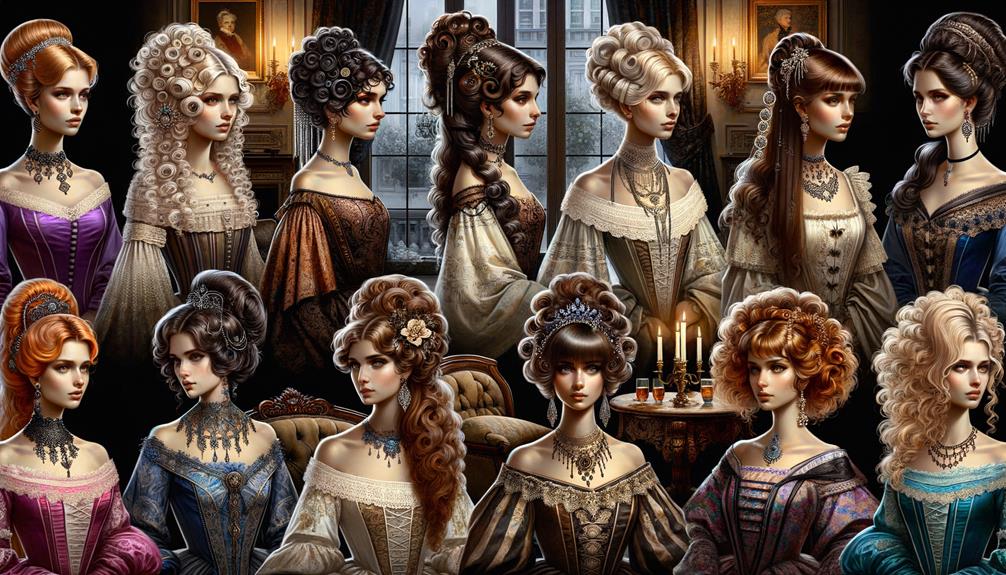
Sarah Bernhardt's iconic curly bangs defined a trend, transforming her into a leading figure of the late 19th century. Her 'Titus bangs' became a recognizable hairstyle, merging celebrity influence and public fashion.
Empress Sissi's luxurious, waist-length hair was a sight to behold. Her elaborate hairstyles recalled modern bridal styles, exuding a timeless elegance that inspired many. Sissi's hair became an aspiration, driving women to embrace voluminous, intricate looks.
The 'Gibson Girl' look, with its high, swept-back pompadour, captured late Victorian fashion. This style resonated beyond the elite, shaping how women presented themselves globally. The rise of professional hairstylists and salons during this period helped disseminate these trends, making them accessible to a wider audience.
Wealthy women often relied on hair extensions, hairpieces, and wigs to achieve these voluminous looks. While today's trends may revolve around social media tips, back then, it was about artistry and social status.
Maintenance and Care
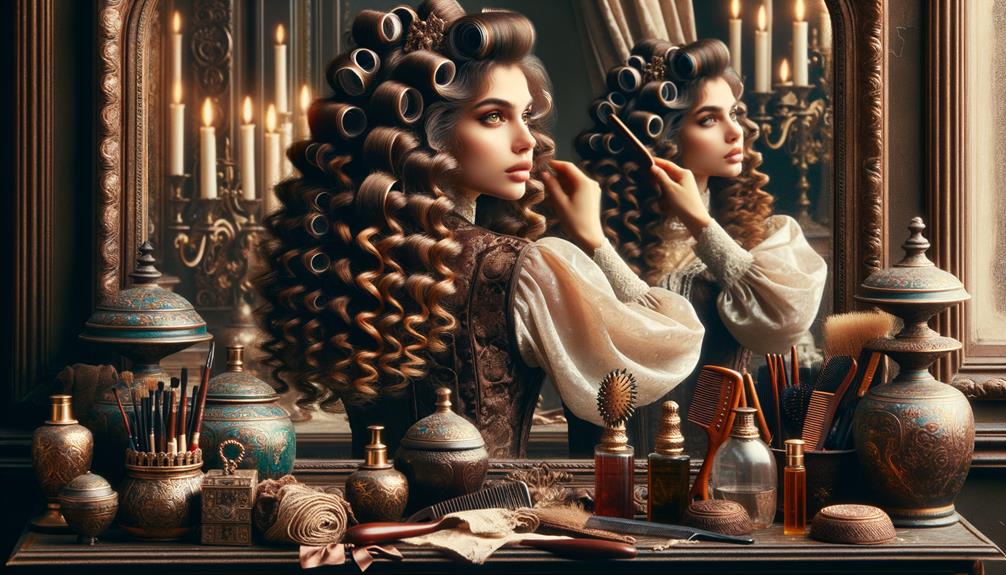
Maintaining Victorian hairstyles required a rigorous routine, blending meticulous care with specific products and techniques. It wasn't just about appearances; it was a disciplined regimen. Let's take a closer look at the essentials:
- Regular brushing and combing: This wasn't optional. It helped maintain the intricate styles and prevented tangling.
- Specialized hair products: Pomades, oils, and setting lotions were indispensable. They held the elaborate curls and waves in place.
- Overnight pinning: To set the hairstyle, pinning it into a desired style and leaving it overnight was a common practice.
- Silk scarves or nets: These were used to protect the hairstyle while sleeping, preventing distortion.
- Frequent washing and resetting: Essential due to the reliance on natural oils and lack of modern haircare products.
This routine was demanding, yet it was the only way to achieve and sustain those iconic looks. Share this on social media if you find it fascinating. Embracing these Victorian practices today could inspire new haircare innovations.
Frequently Asked Questions
How Did Victorian Ladies Curl Their Hair?
Victorian ladies had an intricate process for curling their hair. They would dampen strands and wrap them around fabric before heating them with metal tongs. This technique, while fascinating, seems quite archaic by today's standards. The process must have been time-consuming, but it allowed them to achieve the desired curled styles that were fashionable at the time. It's interesting to consider how hairstyling methods have evolved over the centuries, becoming more efficient and accessible for the modern woman.
What Hairstyles Were Popular in the Victorian Era?
In the Victorian era, women's hairstyles ranged from the elaborate to the everyday. The upper-class favored intricate styles like chignons, pompadours, and Gibson tucks. Meanwhile, casual looks such as milkmaid braids and snoods were common among the general population. Hair accessories were also a popular way for Victorian women to complete their sophisticated appearance.
How to Style Hair Like the 1800s?
To style your hair like they did in the 1800s, start by curling it tightly with a small curling iron. Then, part your hair down the middle and arrange the curls into an updo, securing it in place with pins. This will give you an authentic, historical look.
How Did People Curl Their Hair in the 1900s?
In the early 1900s, people used various techniques to curl their hair. Heated curling irons were a popular option, allowing them to shape waves and ringlets. Another method was the Marcel waving iron, which created tight, uniform curls. Some people also wrapped their hair in rags or cloth strips overnight to achieve soft, natural-looking waves.
Additionally, they applied hair products like pomades and tonics to help hold the style in place and add shine. As time went on, new innovative techniques emerged, enabling people to achieve lasting, eye-catching hairstyles.
Conclusion
Reflecting on Victorian hairstyles, I'm struck by their intricate beauty and meticulous care. From the curls to the crimping, each style tells a story of an era obsessed with elegance. The tools and techniques, though outdated, laid the groundwork for modern hairstyling. Influential figures set trends that still resonate today. Yet, amidst the grandeur, one can't help but ponder: was it worth the daily maintenance and care? Such dedication to appearance reveals a society deeply invested in its image.



